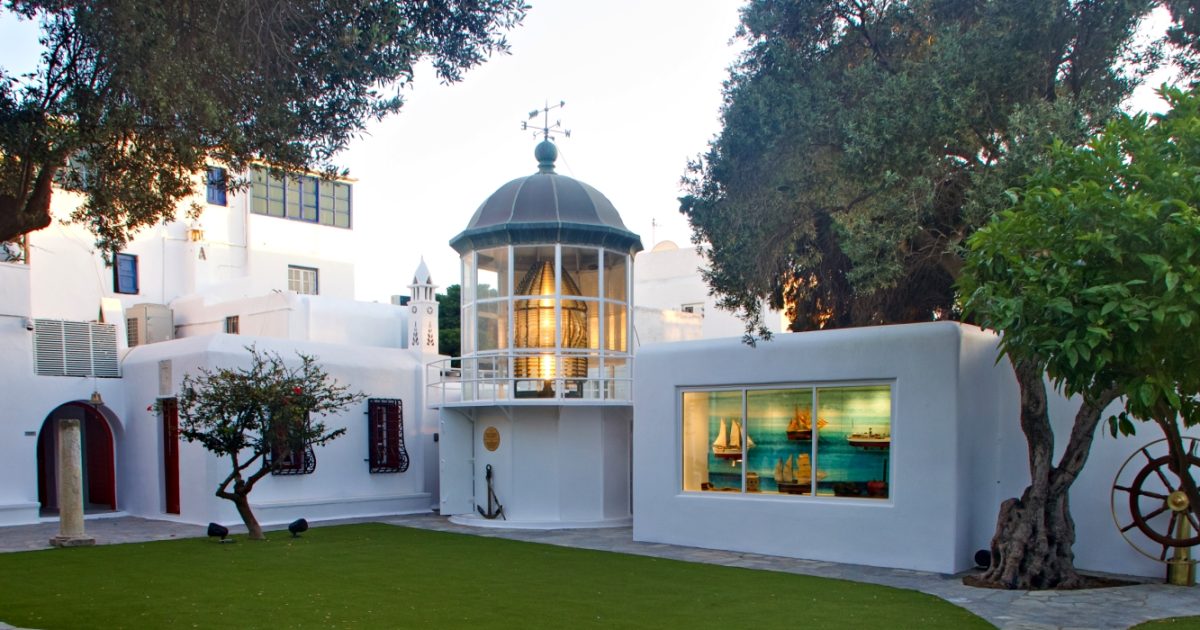Nestled in the heart of Mykonos, in the historic area of Tria Pigadia, the Aegean Maritime Museum, is a cultural institution dedicated to safeguarding and celebrating Greece’s profound connection to the sea. Established in 1983 and opening its doors to the public in 1985, the Aegean Maritime Museum is a private non-profit institution focused on the preservation, study, and promotion of Greek naval history and tradition, particularly that of the Aegean’s merchant fleet.
The museum’s historical significance is multifaceted, beginning with its visionary founder, Georgios Drakopoulos, a native of Mykonos. His pioneering efforts in establishing the museum were recognized with an award from the Academy of Athens in December 1987. The physical home of the museum itself also carries a rich history. It is housed in a traditional 19th-century Cycladic building that once belonged to the legendary Captain Nikolaos Sourmelis. Captain Sourmelis played a crucial role in aiding the Cretans during their struggle against the Ottomans, using his merchant ship, the “ENOSIS,” to provide significant assistance. This historical residence imbues the museum with an authentic connection to the maritime past it strives to preserve.
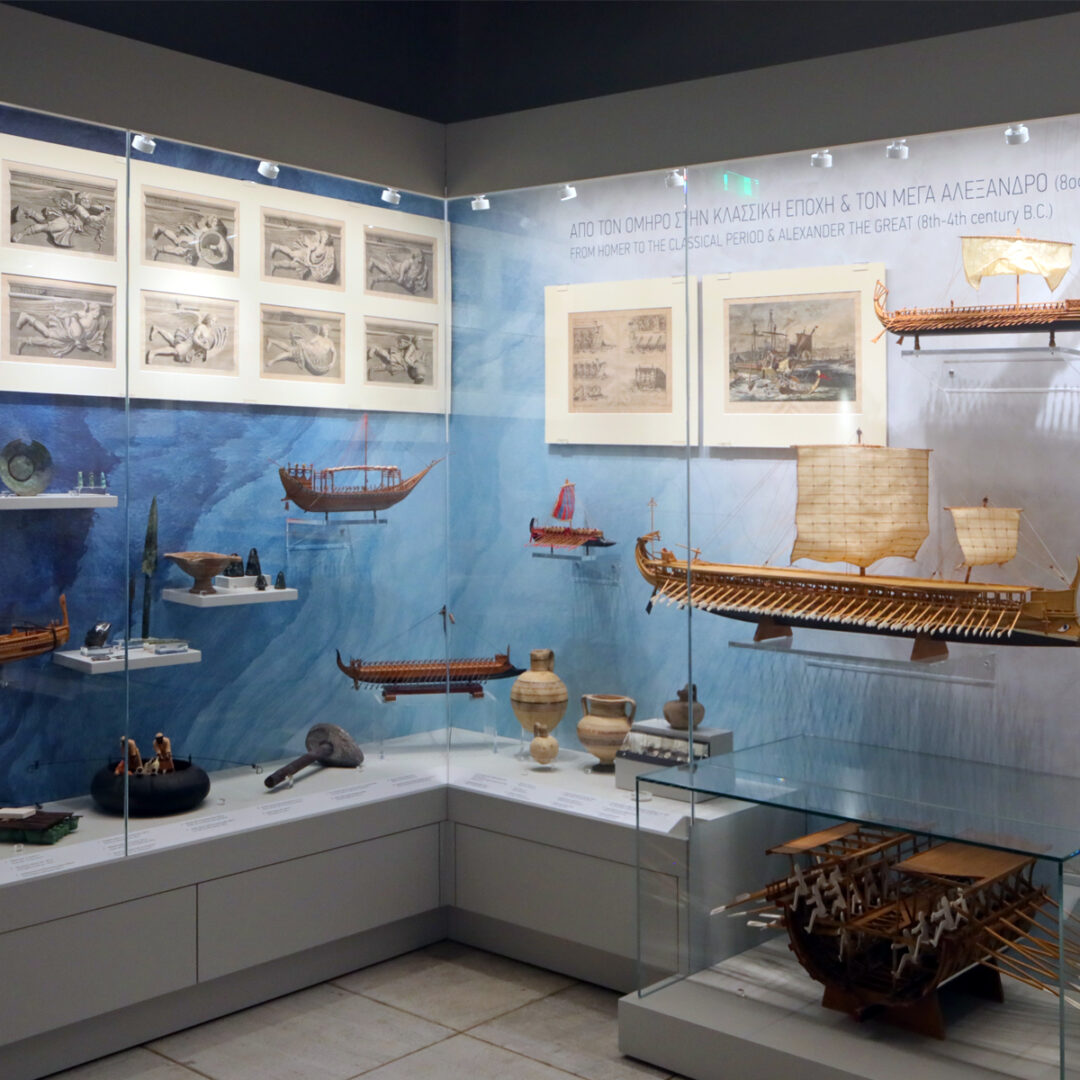
A Treasure Trove of Naval History
The museum boasts one of the most significant collections of naval history in Greece. Its extensive exhibits span a vast timeline, from the pre-Minoan era to the early 20th century. Visitors can explore a diverse array of artifacts, including: ship models, historical maritime documents, rare engravings and maps, ancient artifacts, nautical instruments, fittings, and tools, coins with naval themes, dating from the 5th century BC to the 5th century AD.
Further enriching its offerings is a continuously expanding naval library, which houses approximately 5,000 rare editions, manuscripts, and photographic archives. The museum’s outdoor space also features marble replicas of tombstones from Delos and Mykonos, depicting scenes of shipwrecks and sailors lost at sea, adding a poignant dimension to the exhibits.
Preservation of living historical exhibits
The Aegean Maritime Museum holds the distinction of being the first museum in Greece to undertake and complete the rescue and preservation of living historical exhibits. These remarkable artifacts include:
- The “Armenistis” Lighthouse of Mykonos (built in 1890)
Perched on the northwestern tip of Mykonos, the Armenistis Lighthouse was one of the largest and most iconic lighthouses of the Aegean. It was first lit on September 19, 1891, built in response to a maritime tragedy that shocked both Greece and the international community.
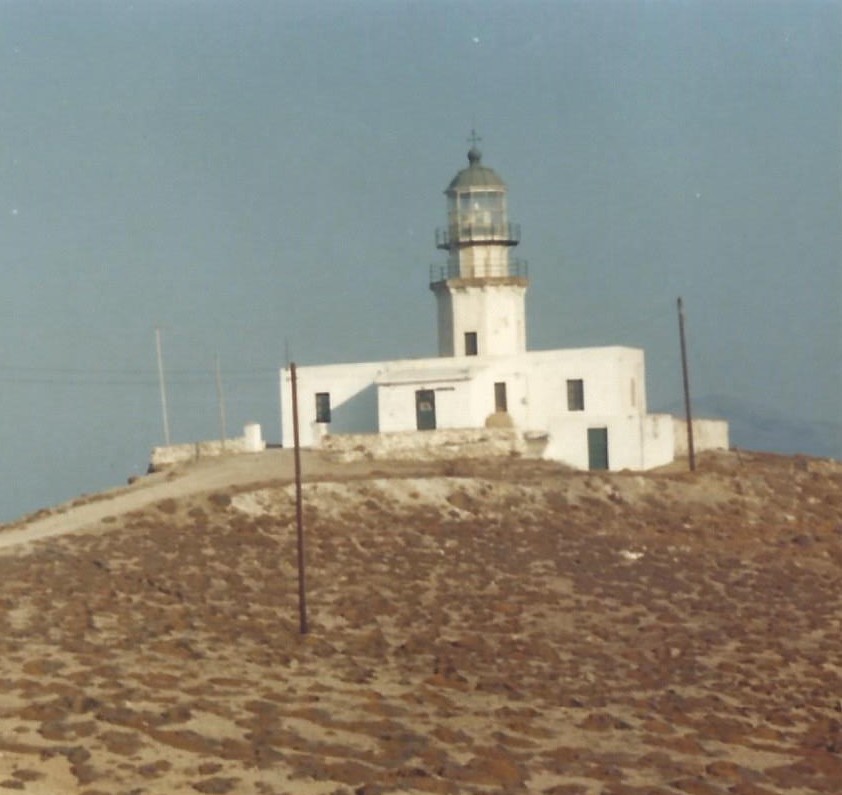
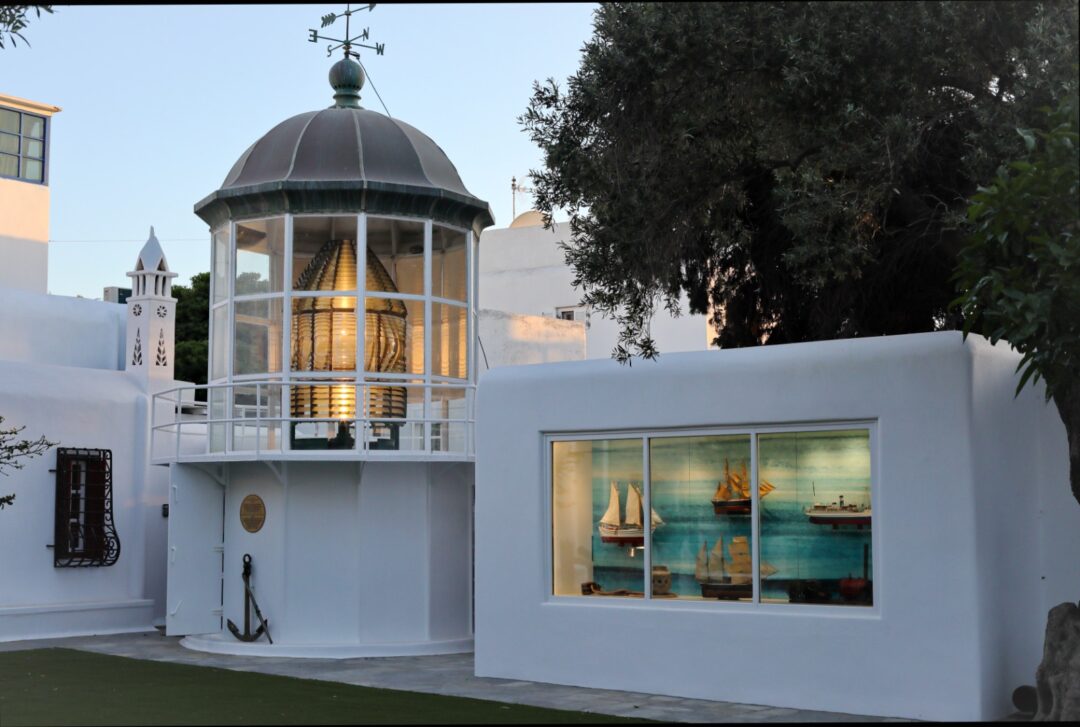
In 1887, the British steamship Volta ran aground on the northern coast of Mykonos. The accident claimed the lives of 11 out of 22 crew members, sparking international outcry. In the aftermath, the then–Prime Minister of Greece, Charilaos Trikoupis, ordered the construction of a lighthouse at Cape Armenistis to ensure that such disasters would not be repeated.
The original lighting mechanism, built by Sautter Lemonier and awarded at the Paris International Exhibition, operated with kerosene. The system vaporized the fuel and, through a specially designed optical assembly, produced a powerful light visible up to 30 nautical miles away. The beam stood 184 meters above sea level and 12 meters above the base of the building, providing sailors with a much-needed beacon of safety in the once treacherous waters of the central Aegean.
For nearly a century—from 1890 until 1983—the Armenistis Lighthouse shone continuously, guiding countless ships safely through the region.
In 1983, the lighthouse was modernized and automated, replacing the old optical system with more efficient technology that no longer required the presence of a lighthouse keeper.
Fortunately, the story of the original mechanism did not end there. In 1987, the Aegean Maritime Museum requested its preservation. After extensive restoration work, the historic device—complete with its lenses, pulleys, lamps, and fittings—was relocated to the museum’s lush garden, where it is proudly displayed and in working order once again.
- The Aegean type sailing ship “Evangelistria,” built in 1940
The “Evangelistria” is one of the last authentic Aegean sailing vessels of the traditional perama type. It was built in Syros in 1940 by the renowned shipwright Mavrikos and his sons, commissioned by the Mykonian captain Antonis K. Bonis.
With a capacity of around 90 tons, an overall length of 20 meters, and a beam of 6.38 meters, the vessel was a remarkable feat of craftsmanship. It carried two masts with sails totaling 220 square meters. In its prime, the Evangelistria was not only a reliable merchant ship but also a magnificent presence on the Aegean Sea, turning heads wherever it appeared.
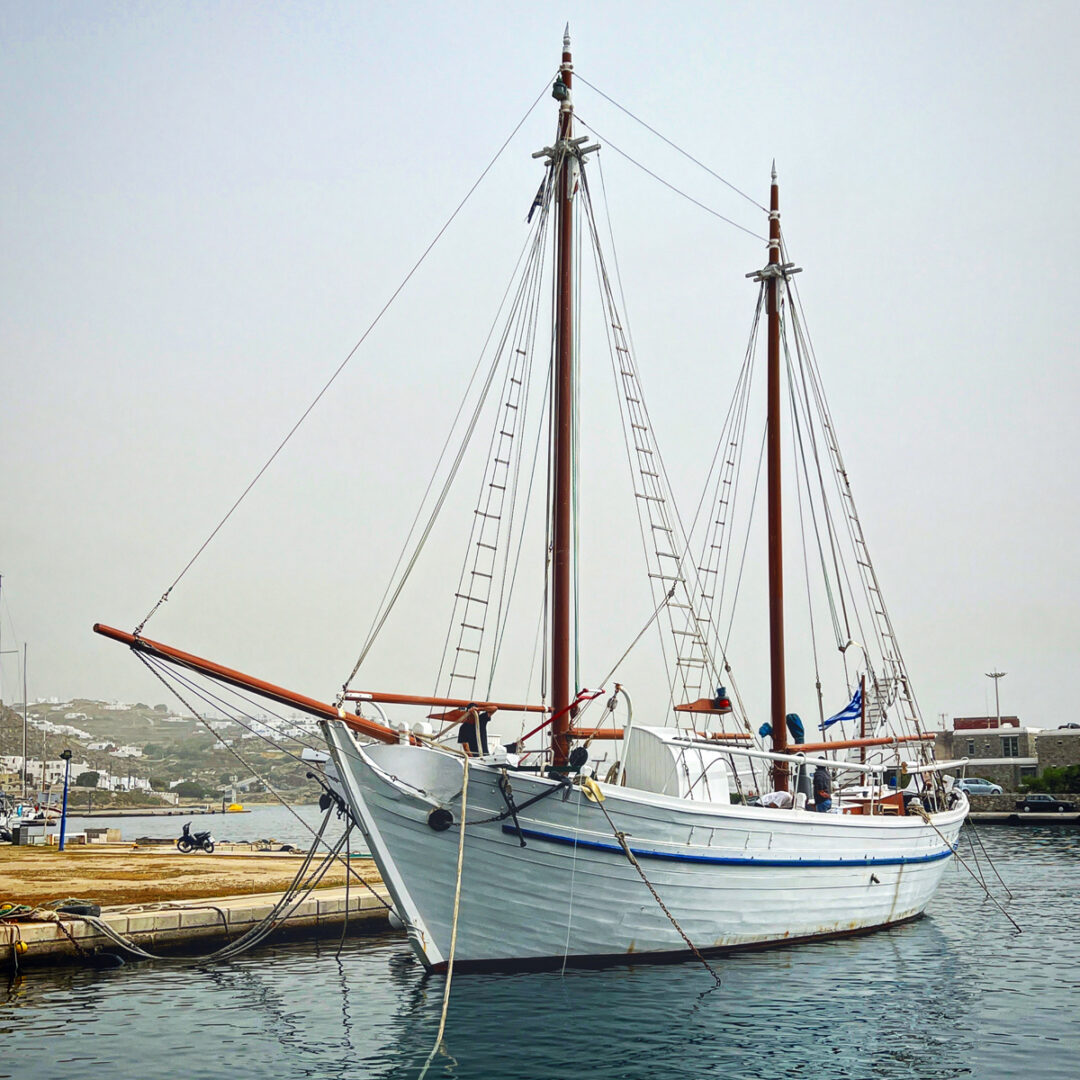
For decades, it served as a vital link between the islands of the Aegean, transporting essential goods and supplies. During World War II, despite the dangers of wartime, the Evangelistria continued to sail, delivering food and provisions to the islands and even reaching as far as Thessaloniki.
A symbol of maritime tradition and resilience, the Evangelistria remains a testament to the artistry of Aegean shipbuilding and the seafaring spirit of Greece.
- The cable steamship “Thales of Miletus,” built in 1909
The vessel that would later be known as “Thales of Miletus” was originally built in 1909 at the Newport News Shipbuilding and Drydock Co. in Virginia, USA, under the name Joseph Henry, commissioned by the U.S. Government. In 1947, the ship was transferred from the United States to Greece, handed over to the Hellenic Telecommunications Organization (OTE), and renamed Thales of Miletus.
As the first Greek cable-laying ship, the Thales of Miletus played a vital role in modernizing communications across the Aegean and Ionian Seas. It was tasked with laying and maintaining submarine telephone cables between the Greek islands—a mission it carried out tirelessly until its retirement in 1983. During its long service, the ship laid 140 new cables and performed repairs on more than 630 existing lines, ensuring the steady flow of communication in an era when reliable telephony was still in its infancy for many island communities.
The Thales of Miletus holds a special place in maritime history as the oldest surviving cable ship in the world. Remarkably, it still preserves its original engine room, complete with two authentic steam propulsion engines. It also remains the oldest vessel registered in the Greek Shipping Registry with exceptionally high technical specifications for its time.
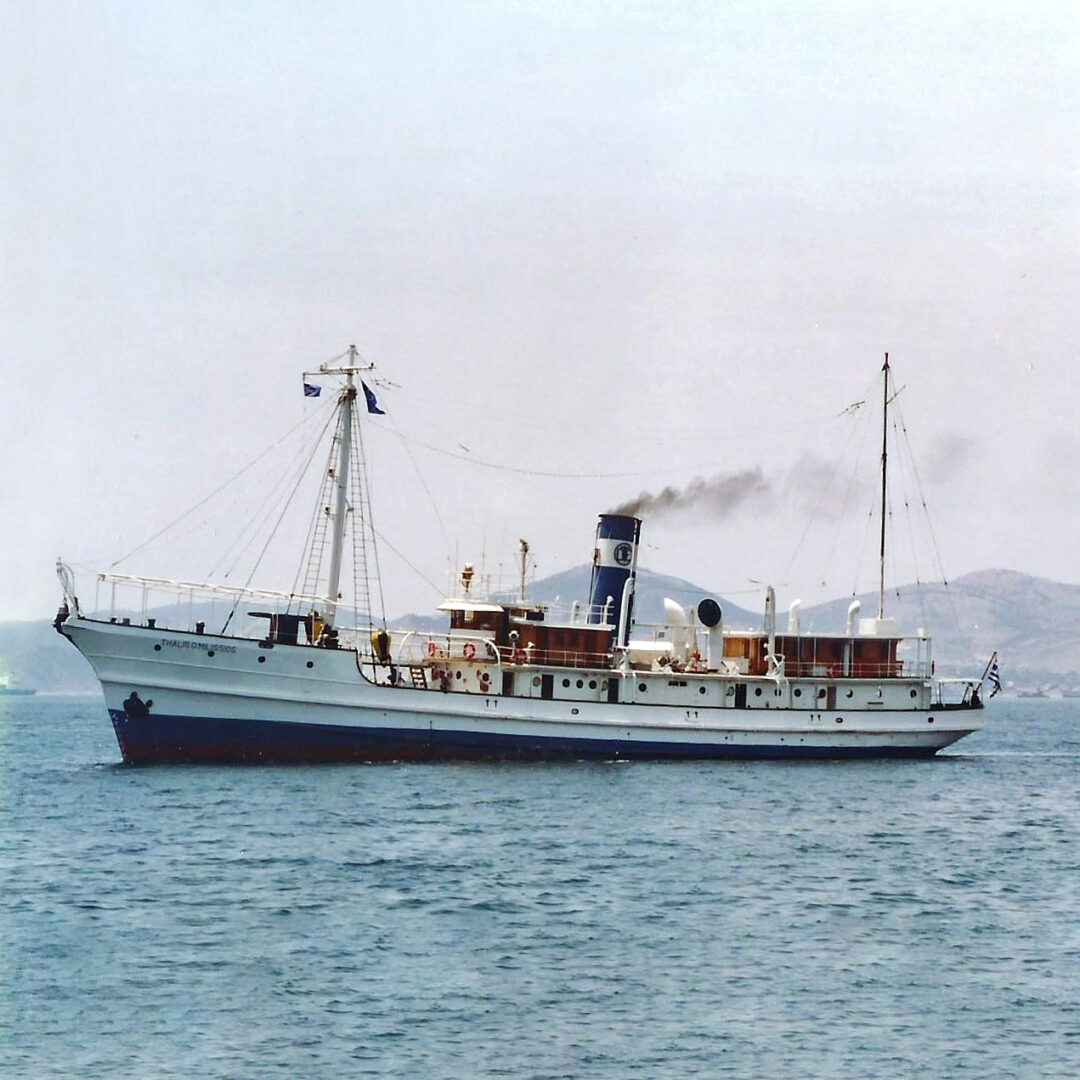
Today, the ship stands not only as a monument to Greek maritime and telecommunications history but also as a floating museum. Beyond its historic steam-powered cable-laying machinery, visitors can find fascinating exhibits that trace the evolution of telecommunications from the early 20th century. Onboard displays include optical telegraphs, radar equipment, and other instruments that mark milestones in the field.
Both the “Evangelistria” and “Thales of Miletus” are meticulously maintained and can be visited as floating museums.
Modernization and a Dynamic Future
Recognizing that cultural heritage is not a static imprint of the past but a dynamic axis of identity and development, the museum recently underwent a comprehensive modernization. This project, spearhead by the Museum itself and supported by a programmatic agreement between the Ministry of Culture, the Municipality of Mykonos, , included:
• Renovation of infrastructure while respecting its traditional 19th-century Cycladic architecture.
• Upgrading internal functionality and improving conditions for exhibiting and preserving artifacts.
• Introduction of new technologies, including the digitization of collections and the creation of a virtual tour via its new website.
• Implementation of a “phygital” approach, blending physical and digital spaces to offer an authentic and experiential visit.
This modernization effort, with significant technical, administrative, and political support from the Municipality of Mykonos, ensures that the museum can project its naval tradition to a global audience, from Mykonos to the most remote corners of the planet. It reinforces Mykonos’s role as a hub of culture, history, and modern creativity leaving a legacy for future generations. Beyond its physical presence, the museum actively participates in international conferences, exhibitions, and events -such as Maritime Week, and engages in significant publishing activities related to Greek maritime history.
Through its extensive collection, unique live exhibits, and recent embrace of digital technologies, the Aegean Maritime Museum stands as a dynamic and revitalized institution, dedicated to preserving and showcasing Greece’s rich maritime heritage and continually evolving to share its rich history with the world.
I.L.
All photos from Aegean Maritime Museum’s Facebook page

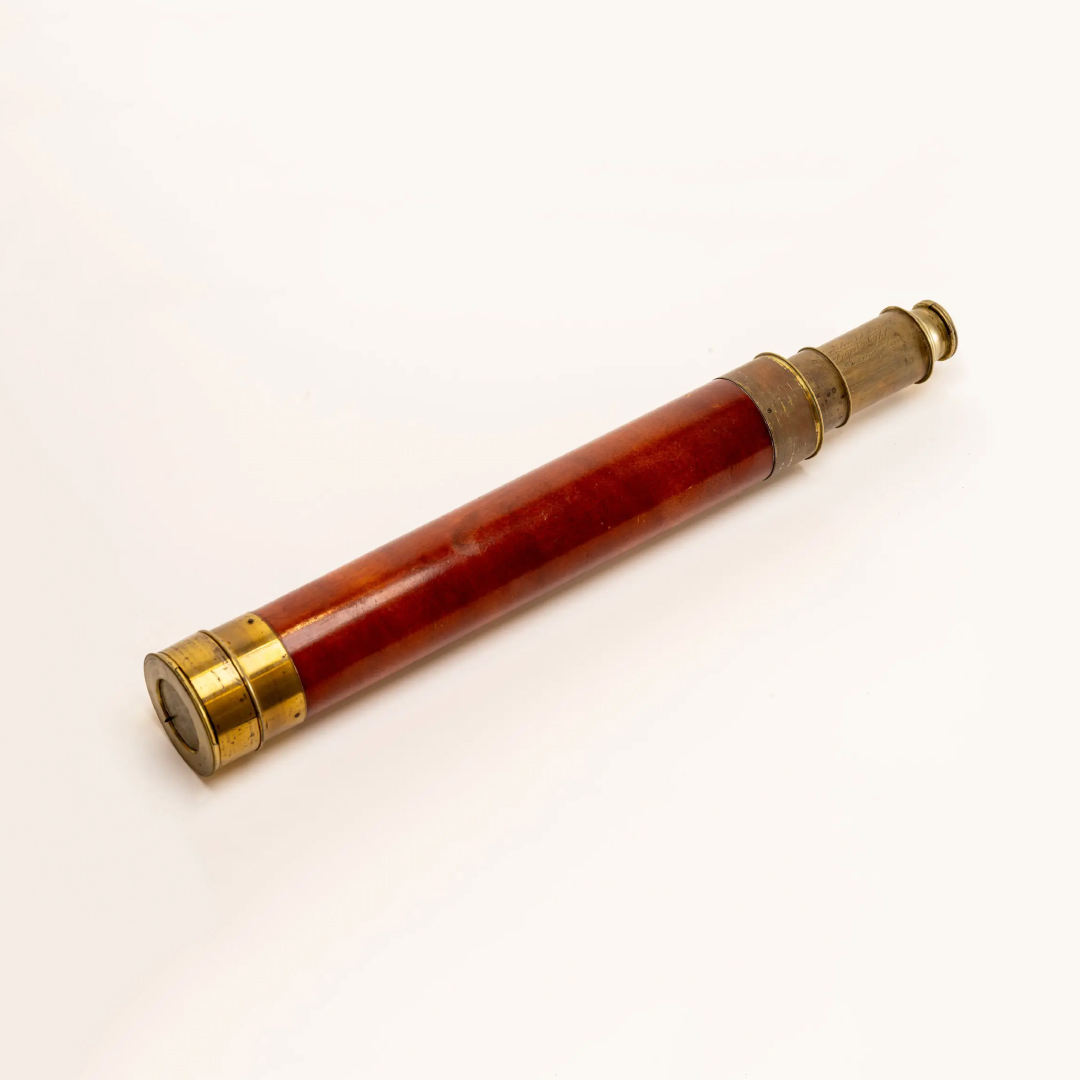
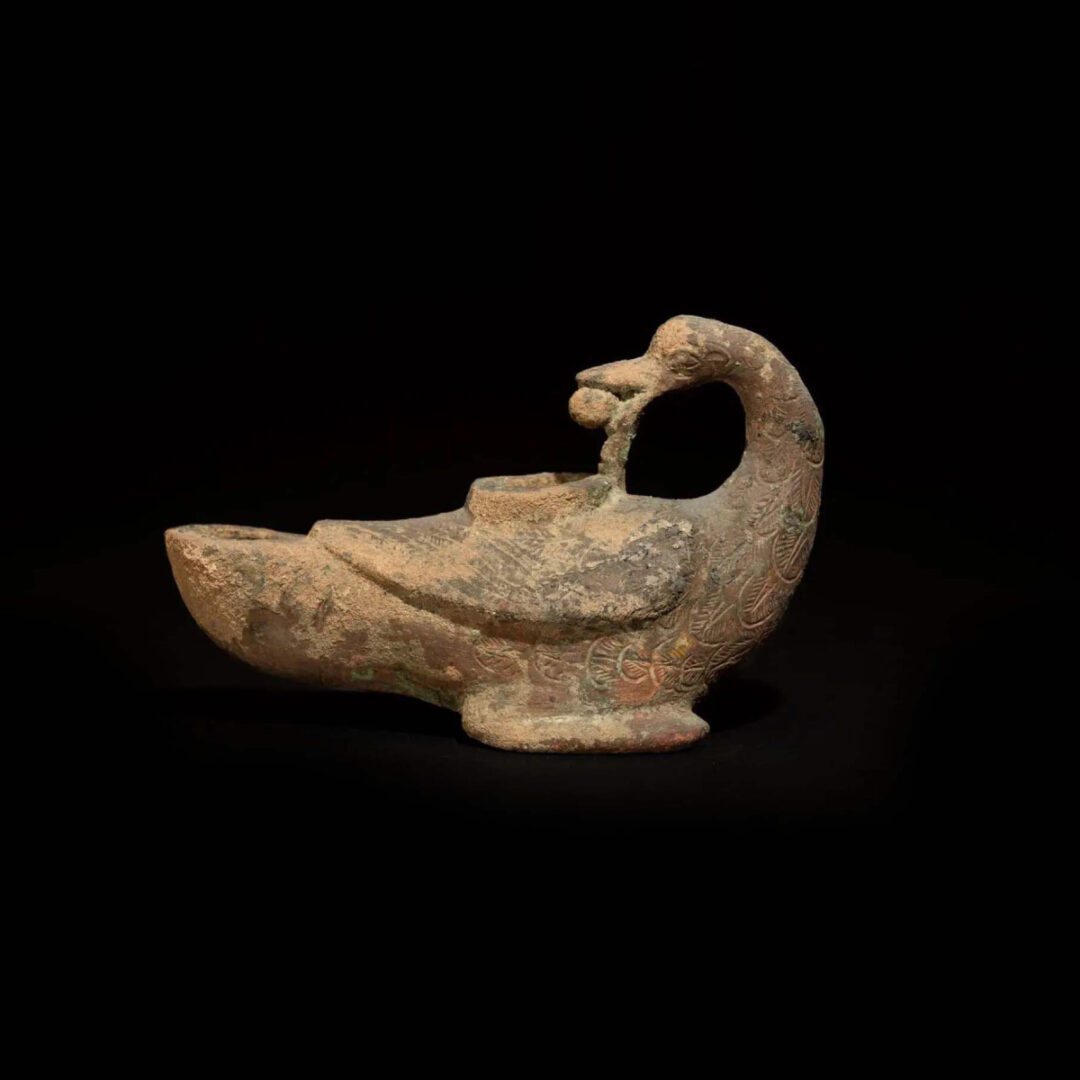
Read also from Greek News Agenda:
TAGS: AEGEAN SEA | DESTINATIONS | HERITAGE | INSULARITY | MUSEUMS | NAVAL HISTORY | SHIPPING

